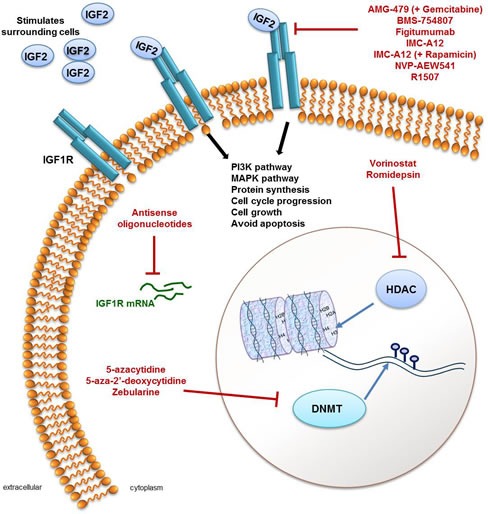Figure 1. A summary of agents that target either the IGF pathway or the epigenome.

IGF signalling occurs through stimulation of insulin-like growth factor 1 receptors (IGF1R; shown in blue in the cell membrane) by IGF2 and results in activation of the PI3K and MAPK signalling pathways, an increase in protein synthesis, cell cycle progression, cell growth and avoiding apoptosis. Activation of the IGF pathway through overexpression of IGF2 is frequently seen in Wilms tumour (WT) and is therefore a viable therapeutic target. IGF pathway inhibitors include antisense oligonucleotides which target IGF1R mRNA (green) to prevent their translation into functional protein or molecules that target the IGF1R, which include AMG-479 in combination with Gemcitabine, BMS-754807, Figitumumab, IMC-A12 (alone or with Gemcitabine), NVP-AEW541 and R1507. As frequent epigenomic aberrations are also found in WT (see main text and Table 1) targeting enzymes that regulate DNA methylation (DNA methyal transferases; DNMT) or that regulate histone modifications (histone deacetylases; HDAC) may be a viable therapy for patients with WT. In terms of targeting the epigenome, 5-azacytidine, 5-aza-2'-deoxycytidine and Zebularine are DNMT inhibitors and Vorinostat and Romidepsin are both HDAC inhibitors, preventing normal enzymatic activity.
